More and more we are hearing the words Metamorfoze and FADGI being used when discussing cultural heritage digitisation standards. They relate to specific recommendations/guidelines that have been created to ensure digitisation is carried out to set international standards. These recommendations give precise information on each type of material to be captured and offer various standards to adhere to. Unfortunately, not every organisation has the equipment, expertise or finance to comply to the very highest levels of these standards, so each organisation should carry out digitisation that is relevant to their ability and needs. More information can be found at:
FADGI http://www.digitizationguidelines.gov/
Metamorfoze https://www.metamorfoze.nl/
Metamorfoze has been created in collaboration between the National Library and National Archives of the Netherlands, whilst FADGI has been created in the US by federal agencies. Each standard has a number of different levels that you can scan to, and it is down to the digitising organisation to decide at what level they wish to comply with, although more and more we are seeing a desire to comply with the highest level of recommendation/guidelines to ensure the images created are of the very best quality.
 Metamorfoze offers three levels of quality – Metamorfoze Full, Metamorfoze Light and Extra Light, whilst FADGI offers 4 levels – 1* to 4*. Metamorfoze uses the UTT test charts and FADGI uses the DICE charts.
Metamorfoze offers three levels of quality – Metamorfoze Full, Metamorfoze Light and Extra Light, whilst FADGI offers 4 levels – 1* to 4*. Metamorfoze uses the UTT test charts and FADGI uses the DICE charts.
The way to monitor these recommendations/guidelines is to use the relevant test target and software. Metamorfoze states a test should be carried out daily prior to the start of production and that test targets should also be captured with each image. For those new to this area, this can be quite daunting and certainly very complicated, with no guarantee you are digitising correctly.
However, using the Zeutschel QM Tool and the relevant test target, the checking for compliance is easily carried out and even documented for auditing purposes.
The background running of the QM Tool alongside the Zeutschel’s Omniscan capture software allows for the periodic checking of compliance, set at predetermined intervals. The software asks the operator to carry out a test scan and this is quickly analysed, and the result displayed on a dashboard.
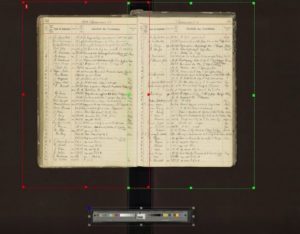
In addition, when checking compliance when using Omniscan with the QM Tool running, the Image Quality module, on the fly, will give the operator a visual indication of compliance for every image, with the data being written to the file header. An OLT target is required for this process. This placed on the bed near the document being captured.
Image shows 2 images being created by the scanner with a separate crop for the OLT target, this gets analysed, and the result shown graphically to the user and also saved in the tif header.
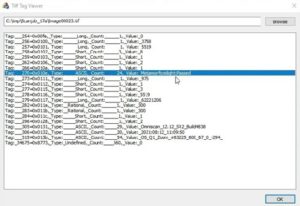
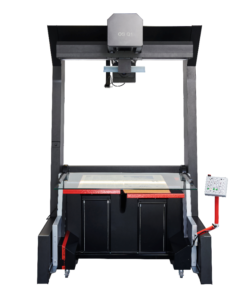 The new Zeutschel OS Q Series scanners in either A2, A1 or A0 formats are all capable of achieving Metamorfoze Full and FADGI 4*. Zeutschel OS Q series scanners are available exclusively through GENUS in the UK & Ireland.
The new Zeutschel OS Q Series scanners in either A2, A1 or A0 formats are all capable of achieving Metamorfoze Full and FADGI 4*. Zeutschel OS Q series scanners are available exclusively through GENUS in the UK & Ireland.
Not only can the Zeutschel OS Q series scanners reach the very highest levels of Metamorfoze and FADGI compliance, but the addition of the QM Tool software also allows you to both monitor and prove that, with an easy to use dashboard and certification system.
If you would like to see what the Bodleian Library is doing regarding imaging standards you can revisit our blog from May 2020 https://www.genusit.com/digitisation-standards-at-the-bodleian-library-by-john-barrett/
![]()
![]()
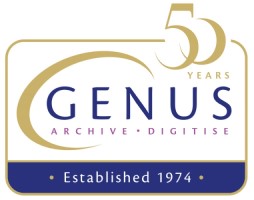
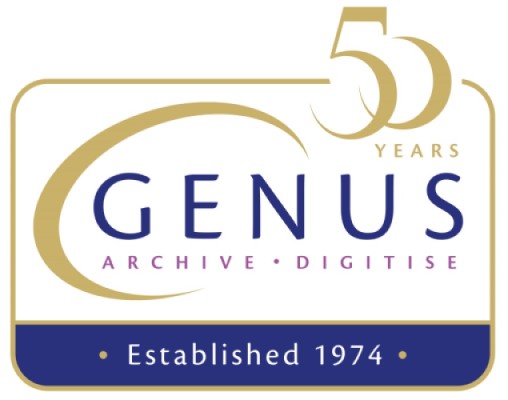

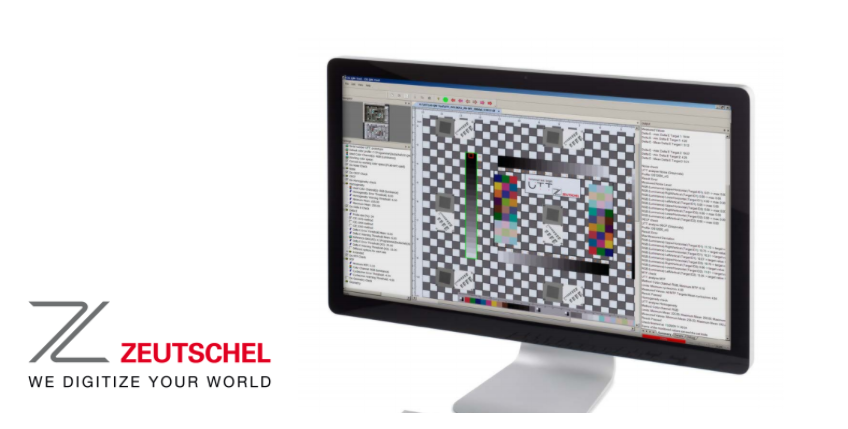
Comments are closed.